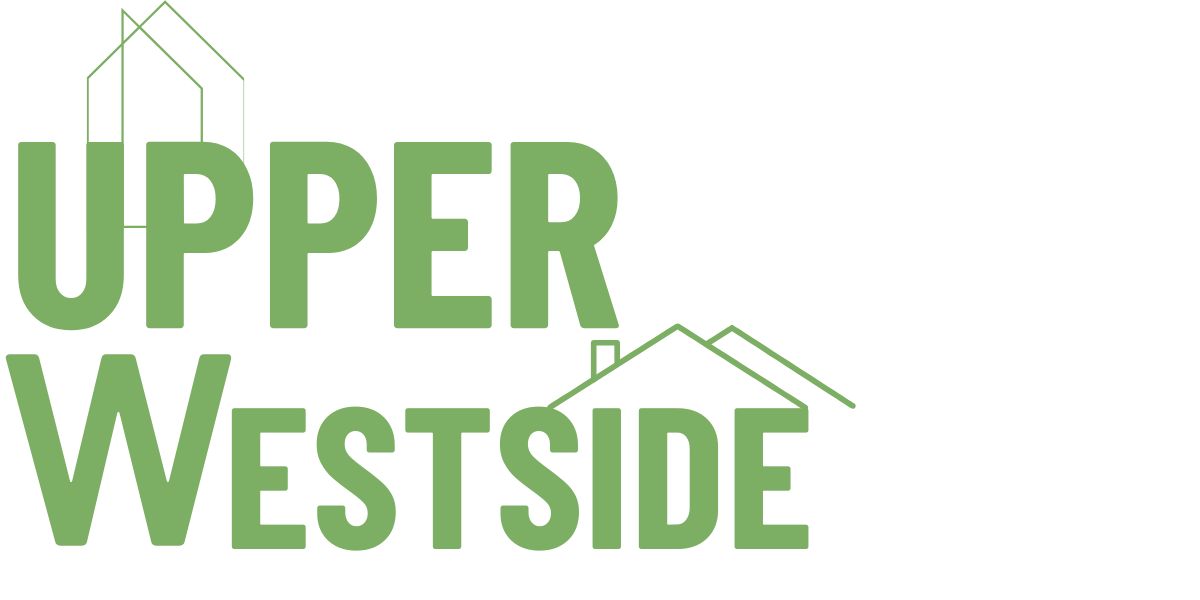Farming
Despite its agricultural heritage in the Natomas Basin, large-scale farming has become increasingly difficult and unprofitable for a variety of reasons.
According to testimony before the Natomas Community Advisory Council, the Sacramento County Planning Commission, and the County Board of Supervisors, large-scale farming in the Upper Westside Plan Area is no longer sustainable. These are the existing, on-the-ground conditions in the Plan Area:
small parcel sizes and ownership patterns that don’t allow an economy of scale
restricted farming practices due to surrounding urbanization (e.g., no pesticide spraying near schools, homes, and businesses)
theft and vandalism of farming equipment
high labor, equipment and material costs
the investment no longer makes sense
Many of the older farmers within the Plan Area have stopped farming, want to retire, and have noted it is no longer profitable to lease out their plots of land to others for farming.
Based on farmland mapping available from the California Department of Conservation, during the past 25 years the amount of Prime Farmland within the 2,066-acre Plan Area has declined by 38%, from approximately 1,950 acres to 1,213 acres. This supports the testimony of the farmers located within the Plan Area. Of the remaining 1,213 acres of Prime Farmland currently mapped, approximately 250 acres are located within the proposed 542-acre Ag Buffer. The Ag Buffer provides an open space transition between the 1,524-acre Development Area and Garden Highway and it will be utilized for continued farming and habitat mitigation.
The project applicant and/or future developers will be required to mitigate the loss of farmland within the Plan Area at a 1:1 ratio (i.e., for every acre of farmland converted, an equivalent acre of farmland will be permanently preserved in off-site areas where farming remains more economically and practically sustainable).


